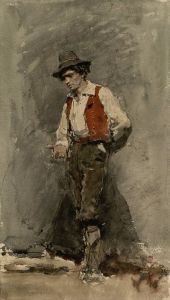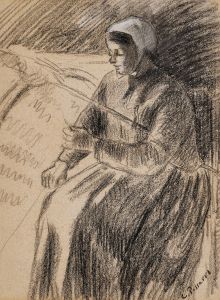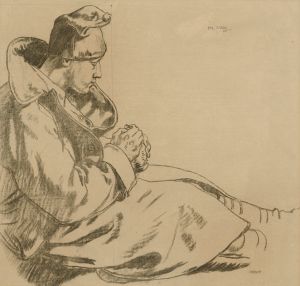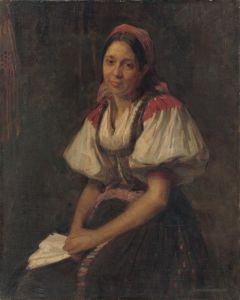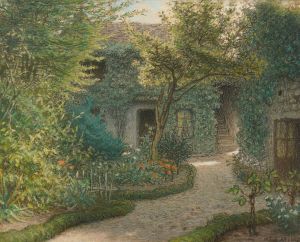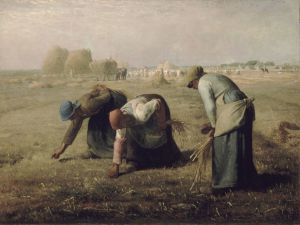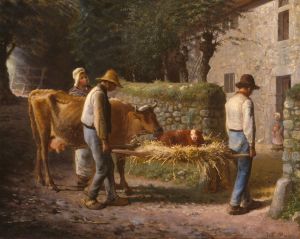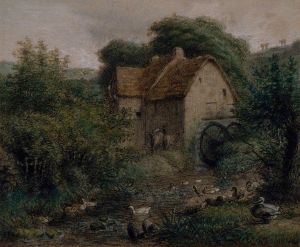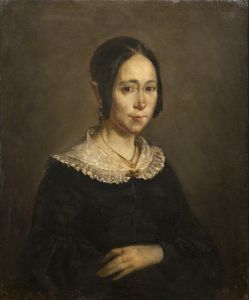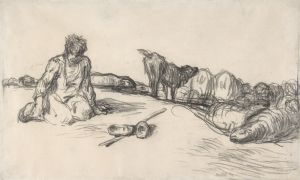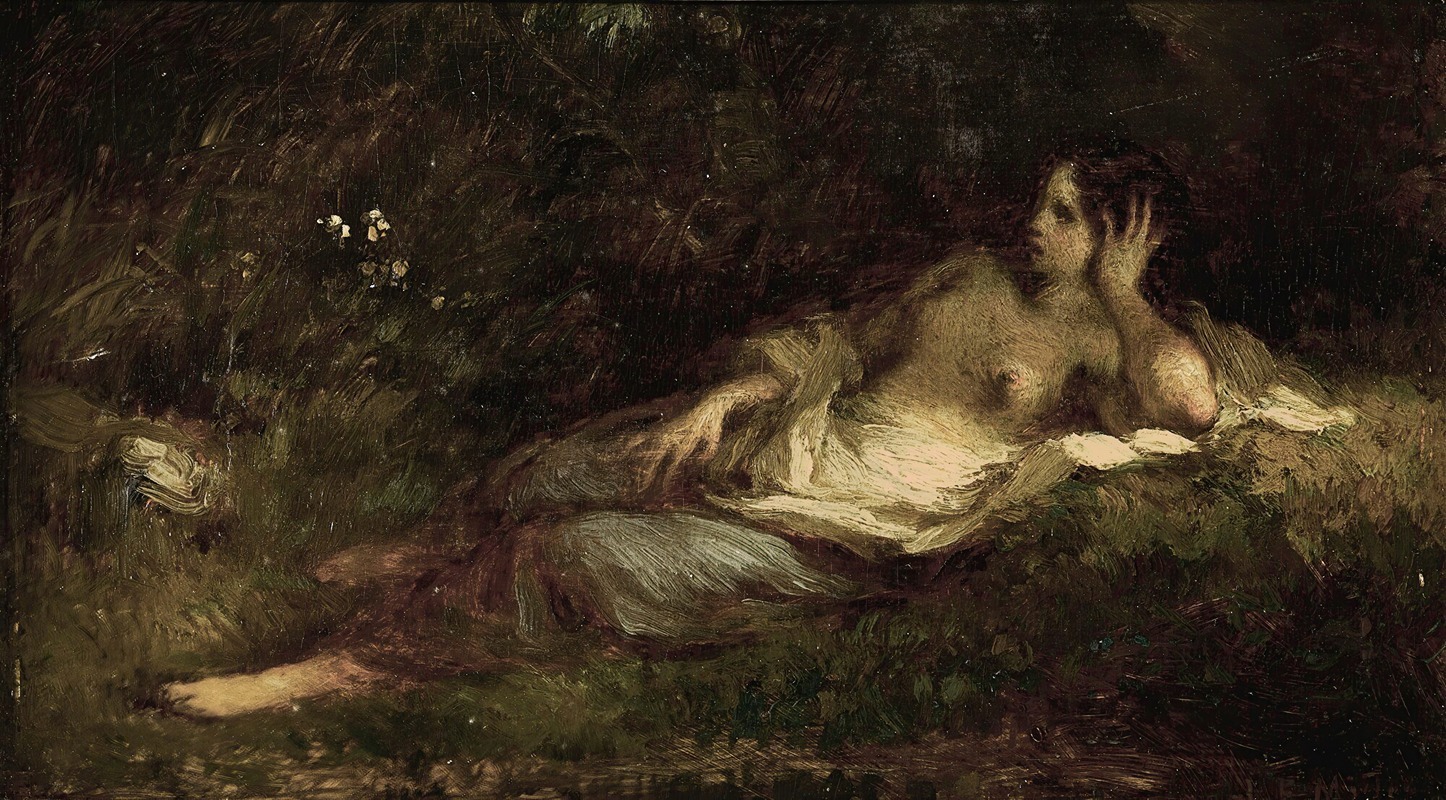
Au repos
A hand-painted replica of Jean-François Millet’s masterpiece Au repos, meticulously crafted by professional artists to capture the true essence of the original. Each piece is created with museum-quality canvas and rare mineral pigments, carefully painted by experienced artists with delicate brushstrokes and rich, layered colors to perfectly recreate the texture of the original artwork. Unlike machine-printed reproductions, this hand-painted version brings the painting to life, infused with the artist’s emotions and skill in every stroke. Whether for personal collection or home decoration, it instantly elevates the artistic atmosphere of any space.
Jean-François Millet, a prominent French painter and one of the founders of the Barbizon School, is well-known for his depictions of rural life and the dignity of peasant labor. Among his works, Au repos (translated as "At Rest") is a lesser-known painting that reflects Millet's characteristic focus on the lives of rural workers. Painted in the mid-19th century, this artwork exemplifies Millet's commitment to portraying the simplicity and hardships of agrarian life in France.
Au repos depicts a moment of rest for peasants, a recurring theme in Millet's oeuvre. The painting captures the quiet dignity of laborers taking a break from their work, emphasizing the human connection to the land. Millet's use of muted tones and earthy colors reflects the natural environment and the modesty of his subjects' lives. The composition is simple yet evocative, drawing attention to the figures and their surroundings without unnecessary embellishment.
Millet's work, including Au repos, was deeply influenced by his upbringing in rural Normandy. Born into a farming family, Millet was familiar with the physical demands of agricultural labor, and this personal experience informed his artistic vision. His paintings often sought to elevate the status of peasants, presenting them as noble and resilient in the face of their daily struggles. This perspective was in stark contrast to the romanticized or idealized depictions of rural life that were common in earlier art.
The Barbizon School, to which Millet belonged, was a group of artists who worked in and around the village of Barbizon near the Forest of Fontainebleau. They were united by their interest in painting landscapes and scenes of rural life directly from nature. Millet's focus on peasant figures set him apart from many of his contemporaries within the Barbizon School, who primarily concentrated on landscapes.
While Au repos is not as widely recognized as Millet's iconic works such as The Gleaners or The Angelus, it remains an important example of his dedication to portraying the lives of the rural poor. The painting reflects his belief in the inherent value of labor and the connection between humanity and the natural world.
Today, Jean-François Millet's works, including Au repos, are celebrated for their emotional depth and social commentary. They continue to resonate with audiences for their timeless portrayal of human resilience and the beauty of everyday life.






